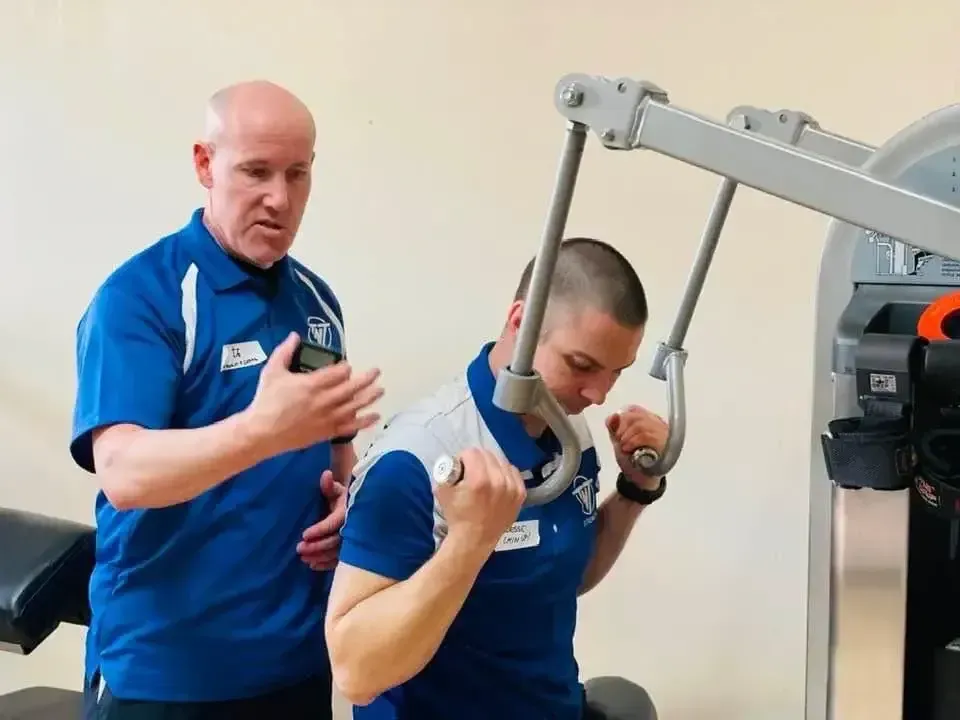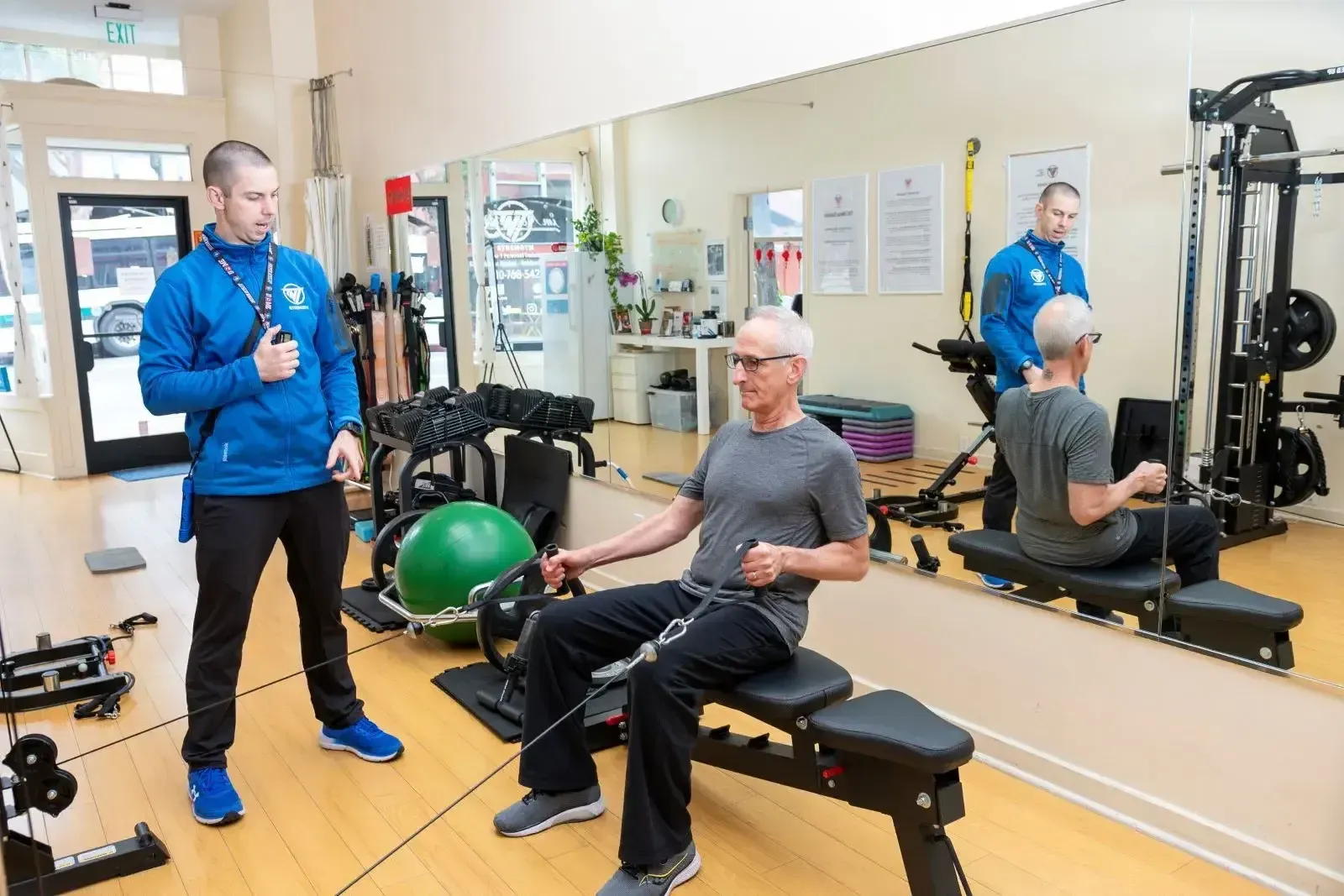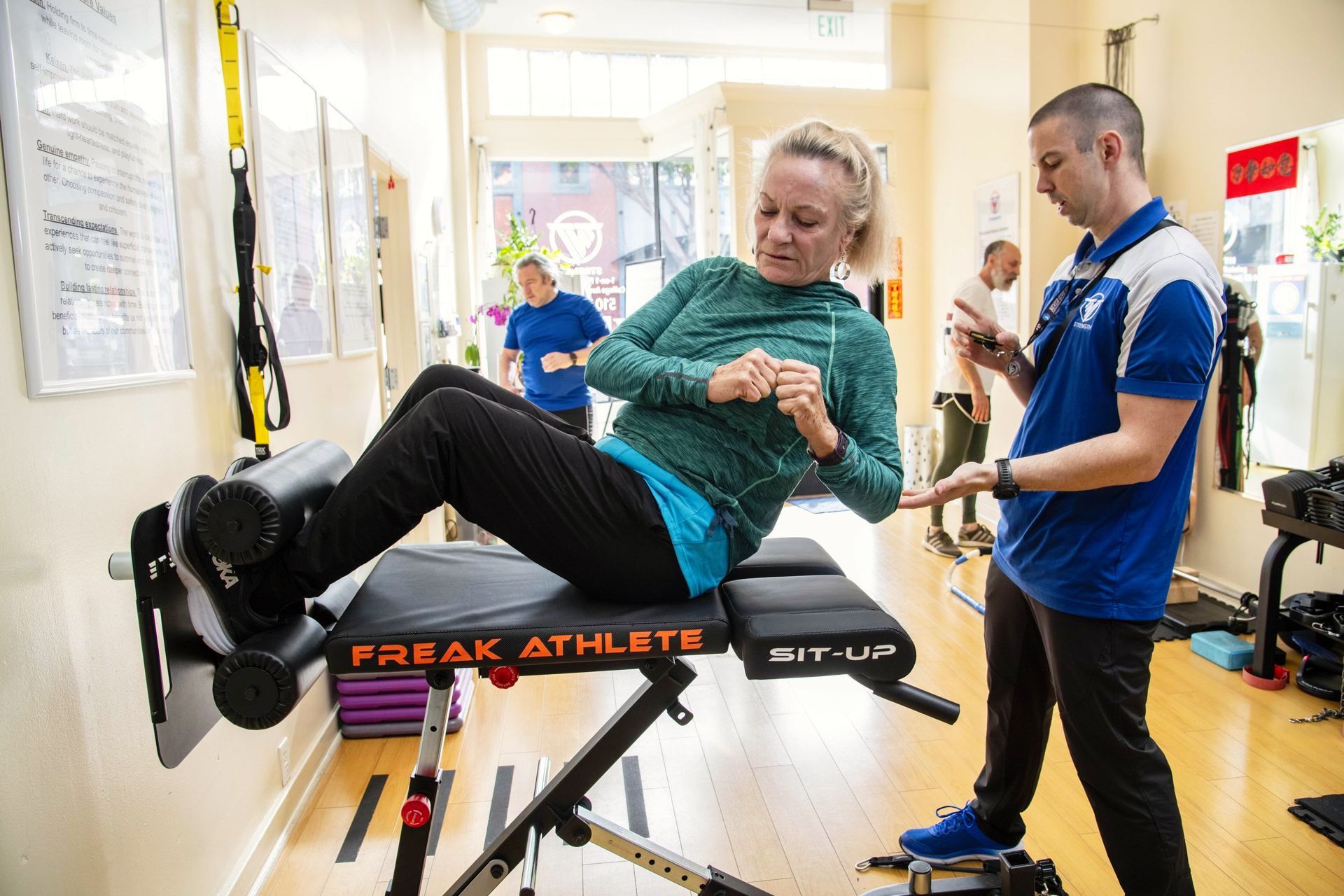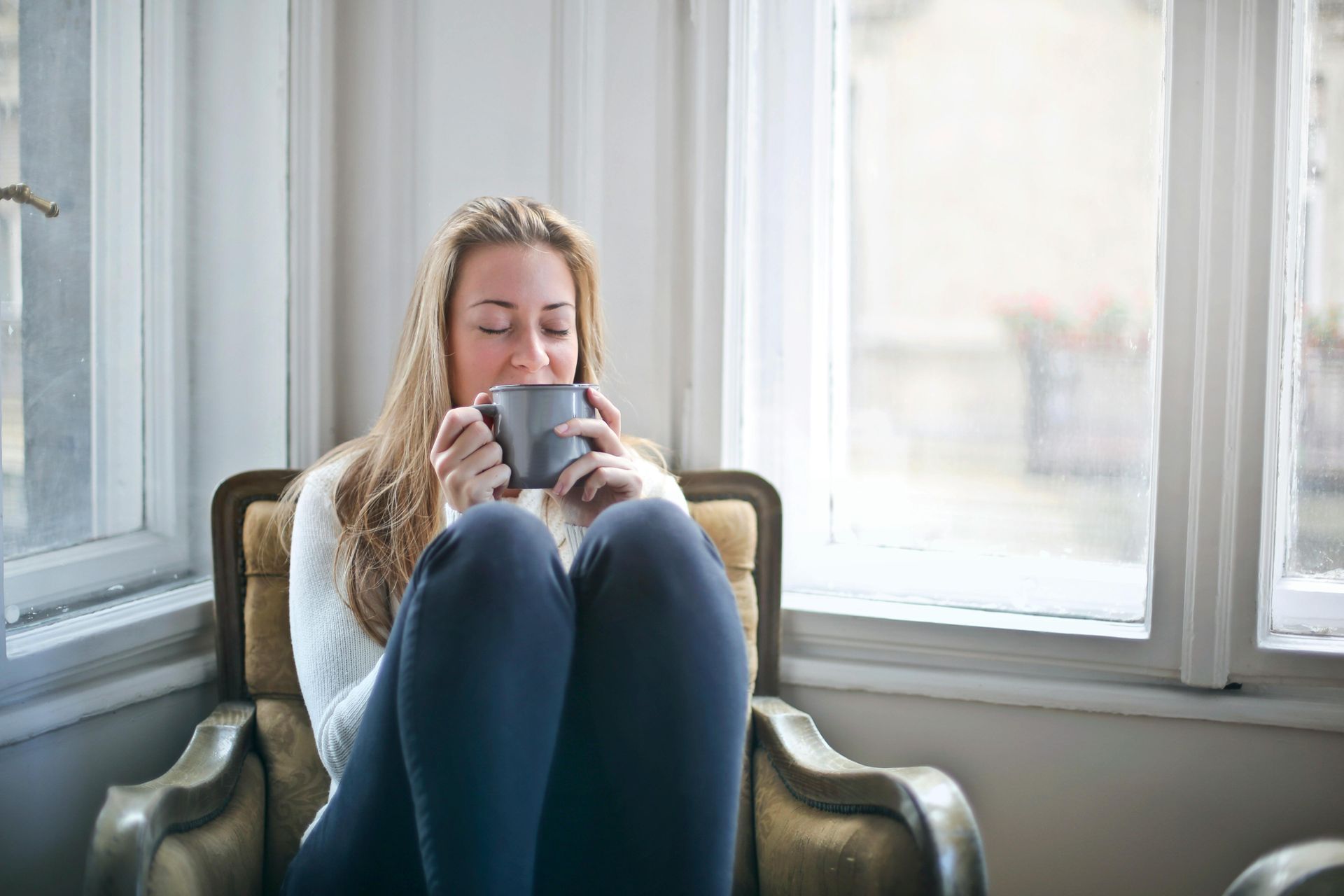Why We Prefer Training to Positive Muscular Failure Over RIR
At TNT Strength, we coach you to train safely and effectively, one controlled repetition at a time — from the very first to the very last.
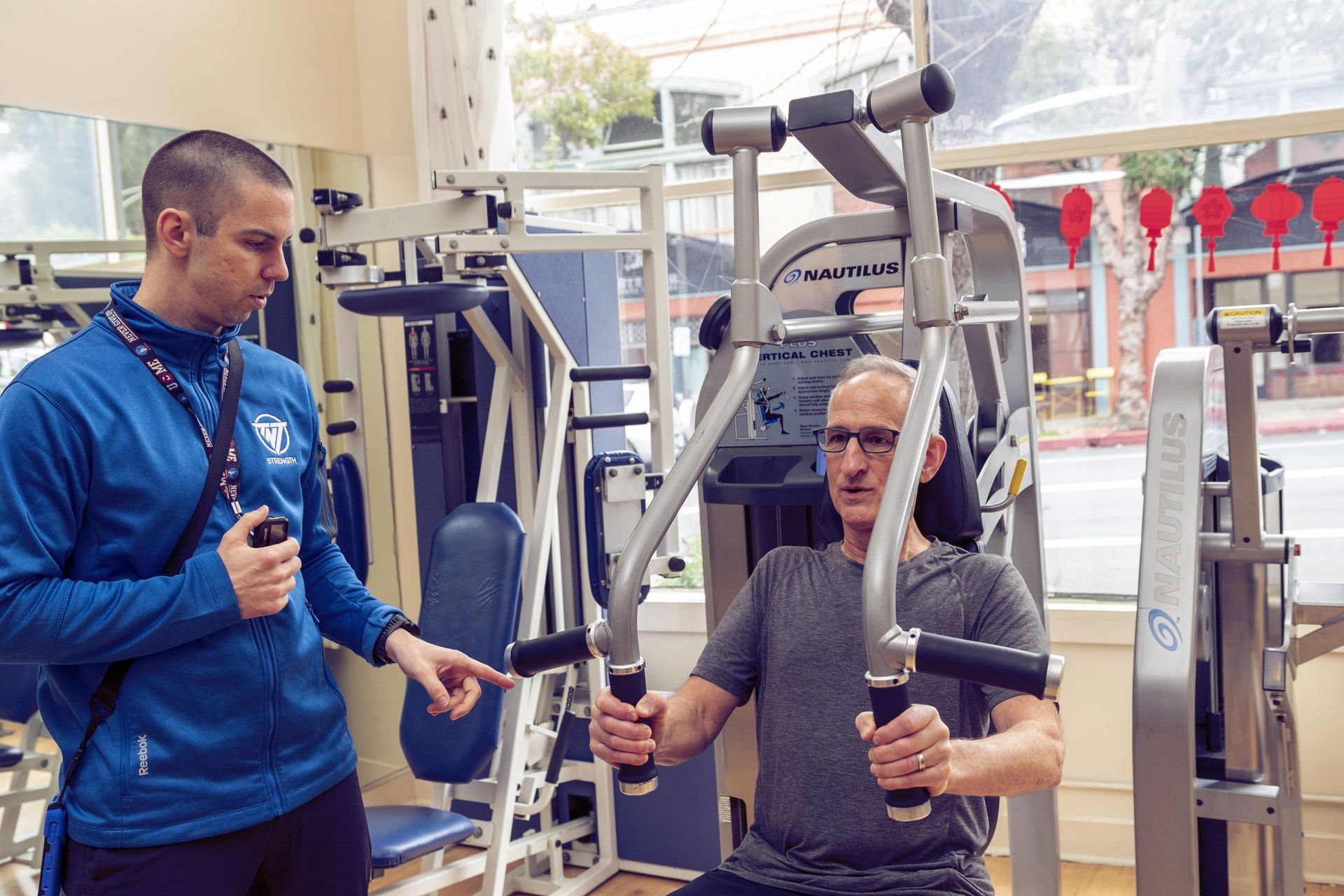
Almost weekly, I get a few thoughtful a questions about various aspects of our TNT Strength And Conditioning Model. Recently I've had some questions about the Reps In Reserve (RIR) model and how it compares to our approach here at TNT Strength.
The RIR model—where you intentionally stop a set with a certain number of reps “in the tank”—can be useful for estimating effort and managing fatigue, particularly in high-volume or sport-specific training programs. However, in our experience and the experience of many experts in the High Intensity Training (H.I.T.) world, RIR falls short when the goal is to stimulate maximum strength and muscle gains efficiently and safely.
Here’s why we prefer training to positive muscular failure:
- Objective Intensity
RIR relies on subjective guesswork. It assumes you can accurately predict how many more reps you could do before failing—but research shows most people underestimate this. In contrast, training to true muscular failure removes the guesswork. When your muscles can no longer complete another rep in good form, that’s an objective, measurable point of maximum effort. - Optimal Stimulus, Minimal Volume
At TNT Strength, our goal is to get the most out of the least—stimulating your muscles enough to trigger adaptation without wasting time or increasing injury risk. Reaching positive muscular failure ensures you’ve fully recruited and fatigued the targeted muscle fibers. Stopping short (as with RIR) risks leaving some of that stimulus on the table. - Safety with Supervision and Controlled Tempo
We understand the concern some people have about training to failure. That’s why we use controlled tempos, excellent form, and close supervision. When done properly, training to failure is not only effective—it’s safe, especially in a low-volume, high-intensity setting like ours. - Consistency and Progress Tracking
Training to failure also makes it easier to measure true progress. You know exactly where your limit was last time, and you can clearly track improvements in strength or endurance. RIR, being subjective, introduces variability that can cloud real progress.
At the end of the day, our mission at TNT Strength is to help you achieve maximum results in minimum time, with the lowest possible risk. That’s why we stand by training to positive muscular failure as the most efficient and effective approach for long-term strength and health.
TAKU's NOTE: Thanks again to our TNT Strength clients for asking great questions.
To your strength,
Liam “TAKU” Bauer
Co-Founder, TNT Strength
Experience the TNT Strength difference with a free workout.
START YOUR FITNESS TRANSFORMATION WITH A
FREE WORKOUT
Complete the form and we'll set up an appointment for you.

